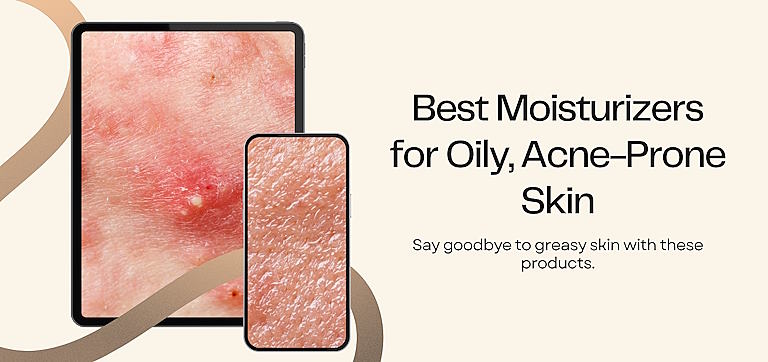What is the Best Moisturizer for Oily, Acne-prone Skin Recommended by Dermatologists?
Table of Contents
Where oily skin exists, acne often follows – but it doesn’t have to be that way. Although having oily skin naturally make you more prone to breakouts and clogged pores, this can be effectively managed with a strategic approach where the right moisturizer playing a pivotal role.
In this ultimate guide, we’ll explain what is oily and acne-prone skin, and highlight the best dermatologist-recommended moisturizers that can help you achieve a balanced complexion and eventually say good bye to excess oils and blemishes on your skin.
What is Oily, Acne-Prone Skin?
Oily, acne-prone skin is characterized by excessive sebum production, which can lead to a shiny appearance and a higher likelihood of developing acne. Sebum is a natural oil produced by the sebaceous glands to keep the skin hydrated.
However, when these glands produce too much oil, it can mix with dead skin cells and clog pores, leading to acne.
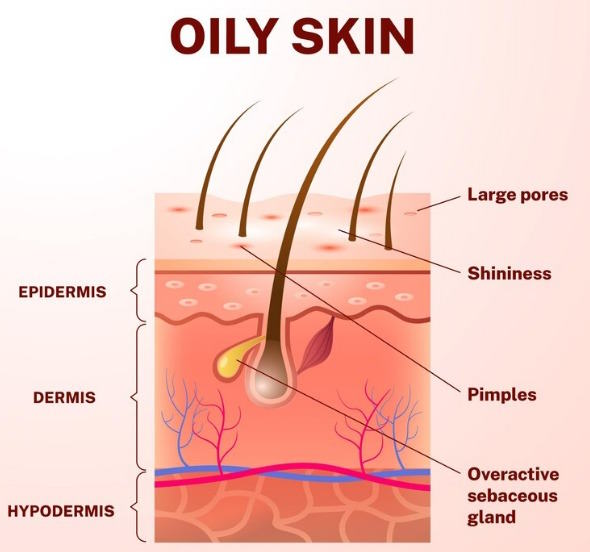
Causes for oily, acne prone skin.
Genetics: Your genetic makeup plays a significant role in determining your skin type. If your parents have oily or acne-prone skin, you are more likely to experience the same issues. Genetic factors influence the size and activity of your sebaceous glands, which can lead to increased oil production.
Hormones: Hormonal fluctuations are a major contributor to oily, acne-prone skin. Androgens, a group of hormones that includes testosterone, increase the production of sebum. This is why teenagers often experience oily skin and acne during puberty. Hormonal changes during menstrual cycles, pregnancy, and conditions like polycystic ovary syndrome (PCOS) can also exacerbate oil production.
Lifestyle: Certain lifestyle factors can aggravate oily, acne-prone skin. High-stress levels can trigger hormonal responses that increase oil production. Diets high in refined sugars and dairy products have also been linked to increased acne. Additionally, using harsh skincare products can strip the skin of its natural oils, prompting the sebaceous glands to produce even more oil in an attempt to compensate.
Challenges
Here are the most common complaints and challenges faced by individuals with oily, acne prone skin.
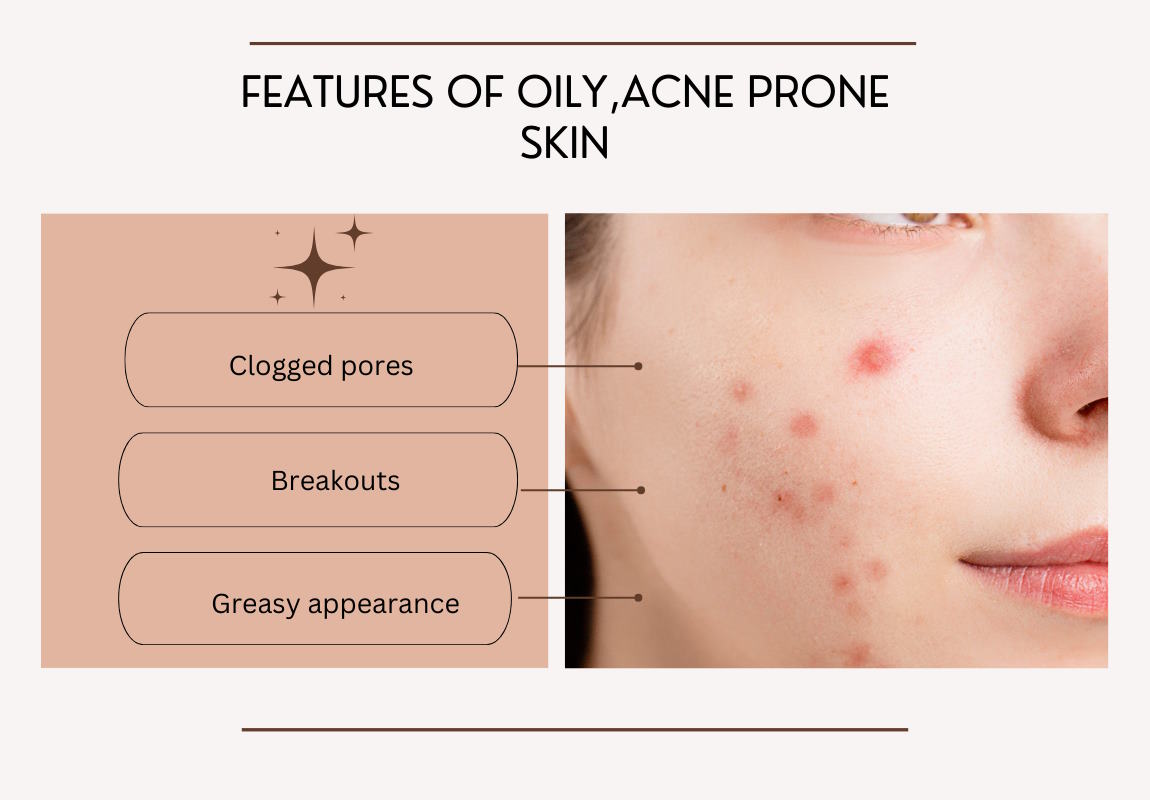
Clogged Pores: One of the most common issues faced by individuals with oily, acne-prone skin is clogged pores. Excess oil can mix with dead skin cells, dirt, and bacteria, creating a blockage in the hair follicles. This blockage can lead to the formation of blackheads, whiteheads, and other types of acne lesions.
Breakouts: The combination of excessive oil and clogged pores provides an ideal environment for the bacteria Propionibacterium acnes (P. acnes) to thrive. This bacteria can trigger inflammation and lead to the development of painful, red pimples and cystic acne.
Shine: Oily skin often results in a shiny or greasy appearance, particularly in the T-zone (forehead, nose, and chin). This can be challenging to manage throughout the day and may require frequent blotting or the use of mattifying products.
By understanding the causes and challenges of oily, acne-prone skin, you can take steps to manage it more effectively.
What to Look for in a Moisturizer for Oily, Acne-Prone Skin
Choosing the right moisturizer for oily, acne-prone skin can make a significant difference in managing breakouts and maintaining a healthy complexion. Here are the key factors to consider:
-
Non-Comedogenic Ingredients
When selecting a moisturizer, it’s crucial to opt for non-comedogenic products. Non-comedogenic means that the product is formulated to not clog pores, which is essential for preventing breakouts. Ingredients that are commonly non-comedogenic include glycerin, hyaluronic acid, and squalane. Avoid heavy oils and occlusive agents like coconut oil and mineral oil, which can contribute to pore blockages.
Using non-comedogenic moisturizers helps ensure that your skin stays hydrated without exacerbating acne. This is particularly important because clogged pores are a primary cause of acne, and using products that contribute to this issue can make managing your skin condition much more difficult.
-
Lightweight and Oil-Free Formulas
For oily, acne-prone skin, it’s beneficial to choose moisturizers that are lightweight and oil-free. These formulations help hydrate the skin without adding extra shine or a greasy feel. Gel-based moisturizers are an excellent choice as they are typically lighter than creams and absorb quickly without leaving a residue.
Oil-free moisturizers are designed to provide the necessary hydration while minimizing excess oil on the skin’s surface. This can help reduce the shiny appearance that often accompanies oily skin and make your skin feel fresher and more balanced throughout the day.
-
Sun protection capability
Sun protection is also crucial, as UV exposure can worsen acne and lead to hyperpigmentation. Many modern moisturizers include SPF to provide broad-spectrum protection against the sun’s harmful rays. A good example is a moisturizer that combines hydration with SPF, offering both protective and soothing properties to keep your skin healthy and acne-free.
Top Dermatologist Recommended Moisturizers for Oily, Acne-Prone Skin
Finding the right moisturizer can be overwhelming, but dermatologists often recommend specific products that have proven effective for oily, acne-prone skin. Here are some top-rated options available from OKDERMO.com:
Non-Comedogenic Moisturizers with Active Ingredients.
- Excela® Moisturiser for Oily, Acne-Prone Skin : Contains active ingredients such as glycerin, niacinamide, bark extract, oleanolic acid, phosphonic acid, and zinc that reduce excess sebum production.
- Ceratop Long Lasting Moisturization: Contains borage oil, ceramide 3, hyaluronic acid, and saccharide isomerate, offering long-lasting hydration and improving skin barrier function without clogging pores
- Acnemoist® Oil-Free Sunscreen Moisturizer: This product provides hydration while keeping the skin oil-free, and it also offers mild sun protection.
- Hyalugel Plus® Hyaluronic Aqueous Gel: A non-sticky, non-comedogenic gel that hydrates without clogging pores. Ideal for oily and acne-prone skin, it enhances skin elasticity and reduces the appearance of scars and wrinkles.
- FCL® Chemfree SPF 30 Sunscreen for oily skin: Contains zinc oxide and titanium dioxide for sun protection, and aloe vera and vitamin E for additional soothing and anti-inflammatory benefits.
By choosing the right moisturizer, you can effectively manage oily, acne-prone skin and achieve a healthier, clearer complexion. Consider these recommendations and consult with a dermatologist to find the best products for your specific needs.
-

Hyalugel Plus® Hyaluronic Aqueous Gel
2.5% Hyaluronic Acid Moisturizing Agent
Size: 30g / 1.05oz
Brand name: Bionect, Gelclair, Xclair, Hylase
USD $28.00 Add to cart -
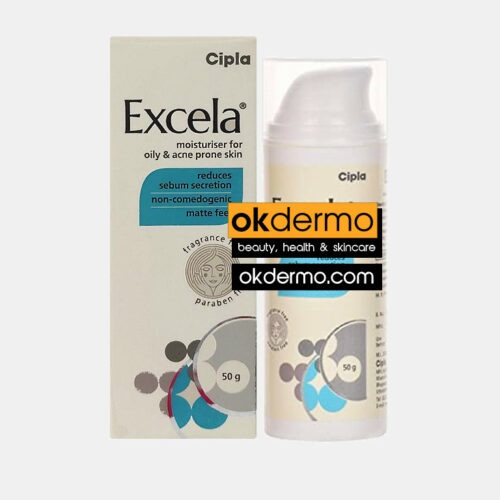
Excela® Moisturiser For Oily / Acne Prone Skin
Niacinamide + Bark Extract + Oleanolic Acid + Phosphonic Acid + Zinc + Copper
Size: 50g / 1.76oz
USD $22.00 Add to cart -
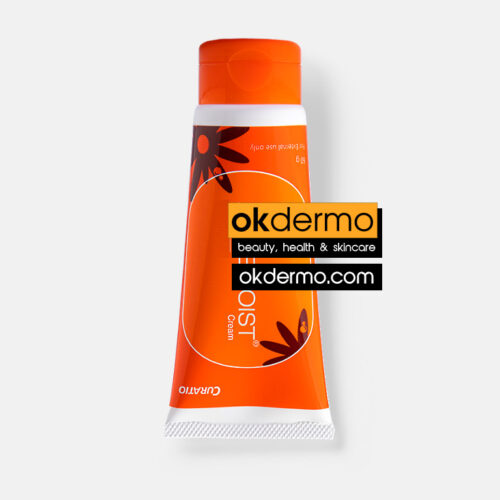
Acnemoist® Oil-Free Sunscreen Moisturizer
Jojoba 3% + Octyl Methyl Cinnamate 5% + MBBT 4% + Pentavitin 1%
Size: 60g / 2.11oz
USD $17.00 Add to cart -
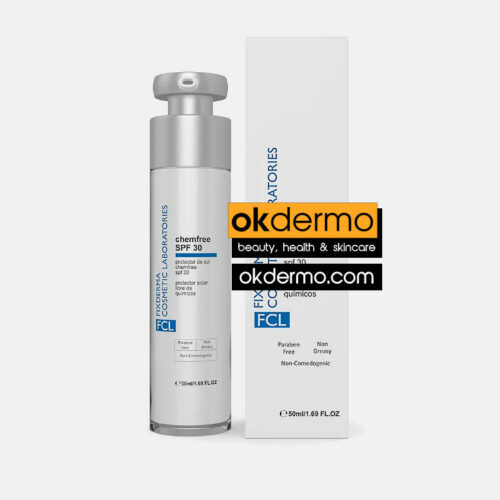
FCL® Chemfree SPF 30 Sunscreen For Oily Skin
Titanium Dioxide Micro® + Zinc Oxide Micro® + Aloe Vera + Vitamin E + Phytosqualane
Size: 50ml / 1.7fl.oz
USD $49.00 Add to cart -
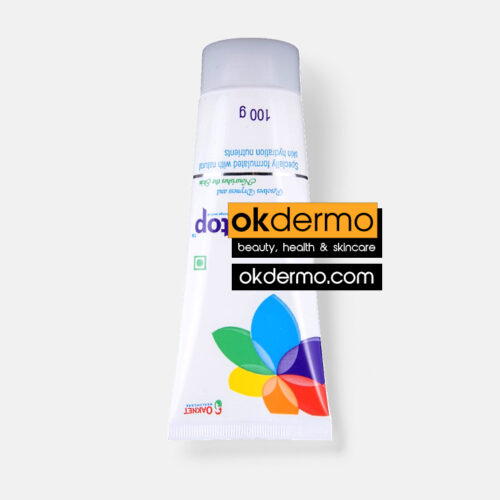
Ceratop® Long-Lasting Moisturization
Borage Oil + Ceramide 3 + Hyaluronic Acid + Saccharide Isomerate
Size: Cream 100g / 3.5oz, Lotion 100ml / 3.4fl.oz
Brand name: CeraVe, EpiCeram
From USD $28.00 Select options
How to Apply Moisturizer for Best Results
To ensure your moisturizer works perfectly, it’s crucial to start with a clean canvas hence you may first grab your cleanser that removes excess oil, dirt, and impurities that can clog pores and lead to breakouts. For oily, acne-prone skin, choose a gentle cleanser that doesn’t strip your skin of its natural oils but effectively cleanses.
Recommended Cleansers
- Clarina® Antioxidant Anti-Acne Face Wash Gel
This gel cleanser contains neem, aloe, and turmeric to cleanse pores and control oil without drying the skin.
- Saslic DS® Salicylic Foaming Face Wash
This foaming face wash contains 2% salicylic acid to help exfoliate and unclog pores, making it ideal for oily, acne-prone skin.
-
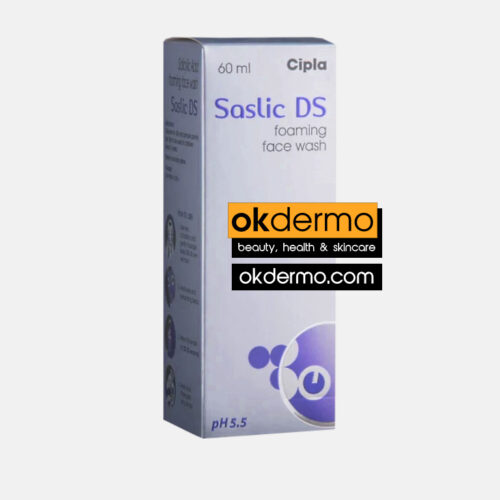
Saslic DS® Salicylic Foaming Face Wash
Salicylic Acid 2% Ph 5.5
Size: 60ml / 2fl.oz
USD $16.00 Add to cart -
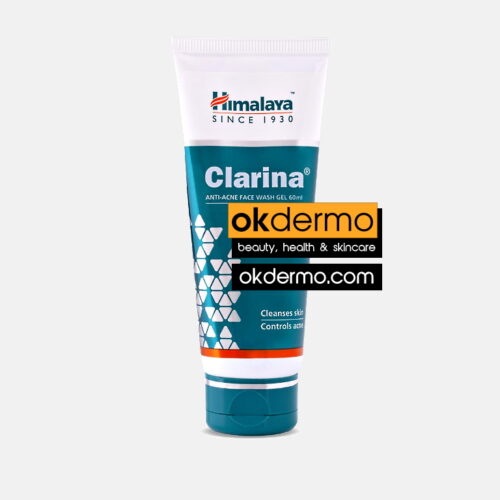
Clarina® Antioxidant Anti-Acne Face Wash Gel
Neem + Barbados Aloe + Turmeric Extract + Jalavetasa
Size: 60ml / 2fl.oz
USD $16.00 Add to cart
Proper Application Techniques
Applying moisturizer correctly can make a significant difference in its effectiveness. Here are some tips to ensure optimal results:
- Use the Right Amount: Using too much can overwhelm the skin, while too little may not provide adequate hydration.
- Gentle Application: Apply the moisturizer in upward, circular motions. This not only helps with absorption but also promotes circulation. Avoid rubbing too harshly as this can irritate the skin and exacerbate acne.
- Don’t Forget the Neck: Extend your application to the neck area, which often shows signs of aging and needs hydration as well.
- Morning and Night: Moisturize twice daily – in the morning to protect your skin throughout the day, and at night to help repair and replenish while you sleep.
- Layering Products: Apply moisturizer after cleansing and any treatment products (like serums or acne medications). This helps lock in the active ingredients and provides a barrier against environmental stressors.
- Be Patient: Skincare results take time. Stick with your routine for at least a few weeks to see noticeable improvements.
Common Mistakes to Avoid with Oily, Acne-Prone Skin
Over-washing
While it might seem logical to wash your face frequently to control oil, over-washing can actually worsen the problem. Stripping the skin of its natural oils prompts the sebaceous glands to produce even more oil, leading to a vicious cycle of excess sebum and potential breakouts. Stick to cleansing twice a day to maintain balance.
Skipping Moisturizer
A common misconception is that oily skin doesn’t need moisturizing. However, skipping this step can lead to dehydration, prompting the skin to produce more oil to compensate. This can worsen both oiliness and acne. Using a lightweight, non-comedogenic moisturizer helps maintain the skin’s moisture balance without clogging pores.
Using Harsh Products
Harsh products, such as those containing high concentrations of alcohol or strong astringents, can strip the skin of its natural oils and disrupt its barrier function. This can cause irritation, dryness, and increased oil production as the skin tries to compensate. Opt for gentle, balanced formulations that support the skin’s natural functions.
Conclusion
Managing oily, acne-prone skin requires a strategic approach and the right products. Here’s a recap of the essential tips:
- Choose Non-Comedogenic Moisturizers: Ensure your moisturizer won’t clog pores by selecting products labeled as non-comedogenic.
- Opt for Lightweight, Oil-Free Formulas: These formulations provide necessary hydration without adding excess shine or greasiness.
- Look for Additional Skin Benefits: Ingredients like niacinamide, salicylic acid, and SPF can offer extra advantages beyond basic hydration.
For personalized advice and product recommendations, it’s always best to consult with a dermatologist. They can help tailor a skincare regimen to your specific needs, ensuring the best possible results for your skin type.
FAQs
-
Which moisturizer is best for oily and acne-prone skin?
The best moisturizers for oily and acne-prone skin are usually non-comedogenic, oil-free, and lightweight. Ingredients such as hyaluronic acid, glycerin, and niacinamide can be beneficial. Examples include Excela® Moisturiser for Oily, Acne-Prone Skin and Ceratop Long Lasting Moisturization.
-
What do dermatologists recommend for oily acne-prone skin?
Dermatologists often recommend using gentle, foaming cleansers, non-comedogenic moisturizers, and treatments containing salicylic acid, benzoyl peroxide, or retinoids. Sunscreen is also essential to protect the skin.
-
What moisturizer do dermatologists recommend for acne-prone skin?
Dermatologists typically recommend moisturizers that are non-comedogenic and contain soothing and hydrating ingredients. CeraVe PM Facial Moisturizing Lotion and Excela® Moisturiser for Oily, Acne-Prone Skin are common recommendations.
-
Should you moisturize oily, acne-prone skin?
Yes, moisturizing is important for oily, acne-prone skin. Skipping moisturizer can cause the skin to produce more oil, exacerbating acne. Opt for lightweight, non-comedogenic moisturizers.
-
How do you treat oily and acne-prone skin?
Treatment includes using a gentle cleanser, an exfoliant containing salicylic acid, benzoyl peroxide for acne treatment, a non-comedogenic moisturizer, and sunscreen. Consistency and avoiding harsh products are key.
-
Is CeraVe good for acne and oily skin?
Yes, CeraVe products are generally well-suited for acne and oily skin. They are non-comedogenic, and many contain beneficial ingredients like ceramides and hyaluronic acid that help maintain the skin barrier without clogging pores.
-
What is the number 1 dermatologist recommended acne treatment?
Benzoyl peroxide and retinoids are often recommended as first-line treatments for acne. They help reduce inflammation and prevent clogged pores. For severe acne, dermatologists may prescribe oral medications like antibiotics or isotretinoin.
-
What is the best moisturizer for an oily face?
The best moisturizers for an oily face are lightweight, non-comedogenic, and often gel-based. Products like Hyalugel Plus® Hyaluronic Aqueous Gel is a good option to consider.
-
Which hormone causes oily skin and acne?
Androgens, particularly testosterone, play a significant role in causing oily skin and acne. They stimulate the sebaceous glands to produce more sebum, which can lead to clogged pores and acne.
References
- Draelos, Z. D. (2018). “The science behind moisturizers.” Journal of Clinical and Aesthetic Dermatology, 11(7), 45-49. Retrieved from PubMed.
- Del Rosso, J. Q., & Levin, J. (2011). “The clinical relevance of maintaining the functional integrity of the stratum corneum in both healthy and disease-affected skin.” Journal of Clinical and Aesthetic Dermatology, 4(9), 22-42. Retrieved from PubMed.
- Cleveland Clinic. “Best Moisturizers for Oily Skin and Acne-Prone Skin.” Retrieved from Cleveland Clinic.
- Journal of Clinical and Aesthetic Dermatology. “Moisturizers: What They Are and a Practical Approach to Product Selection.” Retrieved from JCAD.
- Kircik, L. H. (2016). “The Role of Moisturizers in Addressing Various Kinds of Dermatitis: A Review.” The Journal of Clinical and Aesthetic Dermatology, 9(8), 24-26. Retrieved from PubMed.
- Gollnick, H., & Zouboulis, C. C. (1998). “Dermatologic therapy: the use of isotretinoin and antiandrogens in the therapy of acne.” Dermatologic Therapy, 5(1), 14-21. Retrieved from PubMed.
Post by:
Dr.Marcella Jiovanni
Health and Beauty Expert
“Marcella Jiovanni actively promotes the importance of maintaining healthy skin, she envisions the future of dermatology as moving away from pure medical, pharmacological dermatology and flowing more toward a holistic approach to wellness and skincare.”

